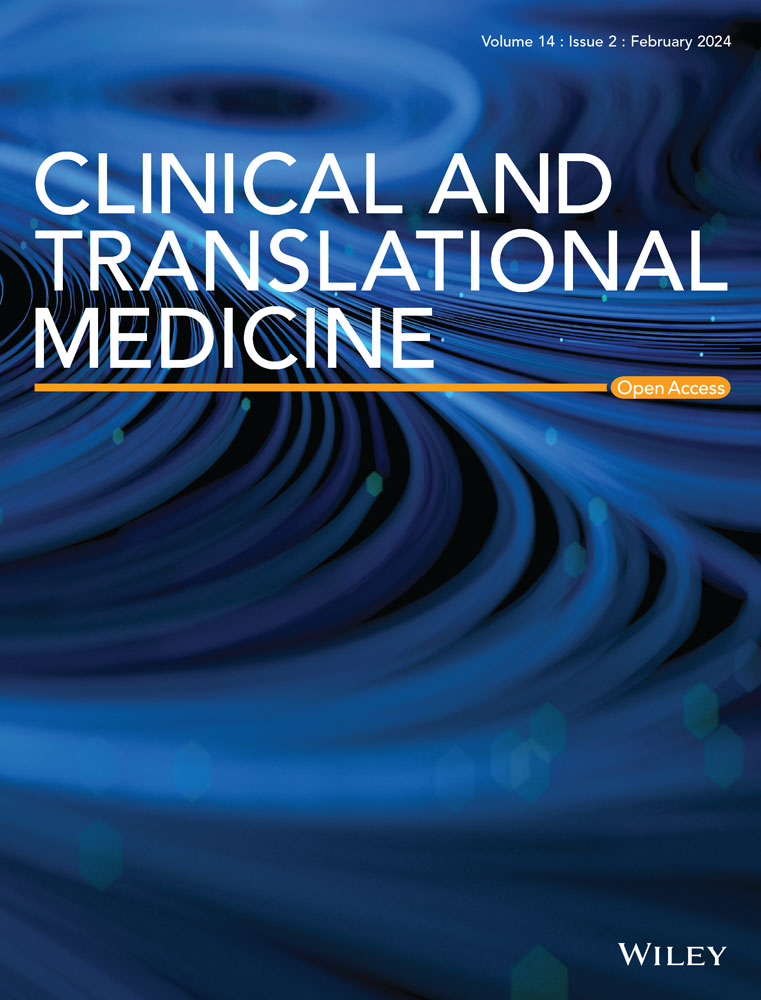Integrating multi-omics features enables non-invasive early diagnosis and treatment response prediction of diffuse large B-cell lymphoma
Abstract
Background
Multi-omics features of cell-free DNA (cfDNA) can effectively improve the performance of non-invasive early diagnosis and prognosis of cancer. However, multimodal characterization of cfDNA remains technically challenging.
Methods
We developed a comprehensive multi-omics solution (COMOS) to specifically obtain an extensive fragmentomics landscape, presented by breakpoint characteristics of nucleosomes, CpG islands, DNase clusters and enhancers, besides typical methylation, copy number alteration of cfDNA. The COMOS was tested on 214 plasma samples of diffuse large B-cell lymphoma (DLBCL) and matched healthy controls.
Results
For early diagnosis, COMOS improved the area under the curve (AUC) value to .993 compared with the individual omics model, with a sensitivity of 95% at 98% specificity. Detection sensitivity achieved 91% at 99% specificity in early-stage patients, while the AUC values of the individual omics model were 0.942, 0.968, 0.989, 0.935, 0.921, 0.781 and 0.917, respectively, with lower sensitivity and specificity. In the treatment response cohort, COMOS yielded a superior sensitivity of 88% at 86% specificity (AUC, 0.903). COMOS has achieved excellent performance in early diagnosis and treatment response prediction.
Conclusions
Our study provides an effectively improved approach with high accuracy for the diagnosis and prognosis of DLBCL, showing great potential for future clinical application.
Key points
- A comprehensive multi-omics solution to specifically obtain an extensive fragmentomics landscape, presented by breakpoint characteristics of nucleosomes, CpG islands, DNase clusters and enhancers, besides typical methylation, copy number alteration of cfDNA.
- Integrated model of cfDNA multi-omics could be used for non-invasive early diagnosis of DLBCL.
- Integrated model of cfDNA multi-omics could effectively evaluate the efficacy of R-CHOP before DLBCL treatment.


 求助内容:
求助内容: 应助结果提醒方式:
应助结果提醒方式:


